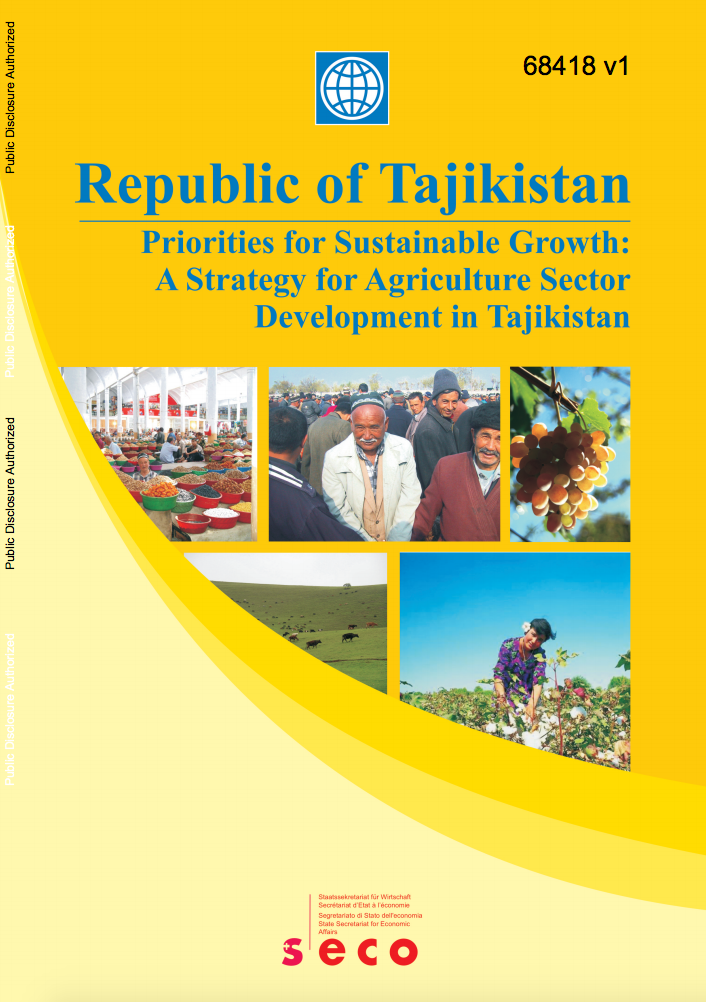OECS Private Sector Financing : Ridging the Supply-Demand Gap
The high levels of public debt and
persistent fiscal deficits limit Organization of Eastern
Caribbean States (OECS) governments' ability to pursue
counter-cyclical fiscal policies during future economic
downturns, leaving private investment as the key driver of
future growth. This study on private sector financing in the
OECS analyzes the issue of access to finance from three
different angles: the demand side; the supply side; and the


